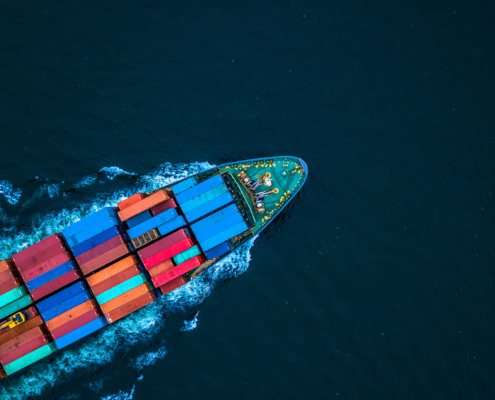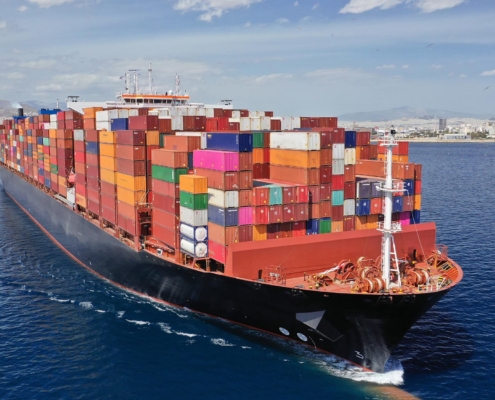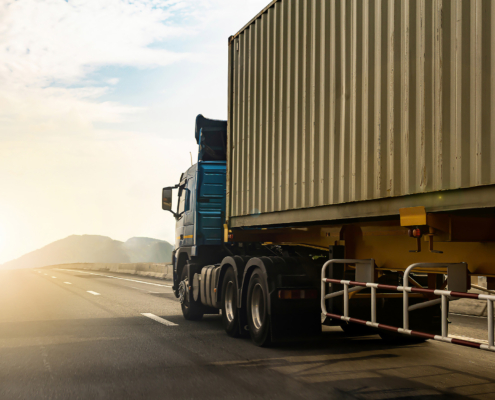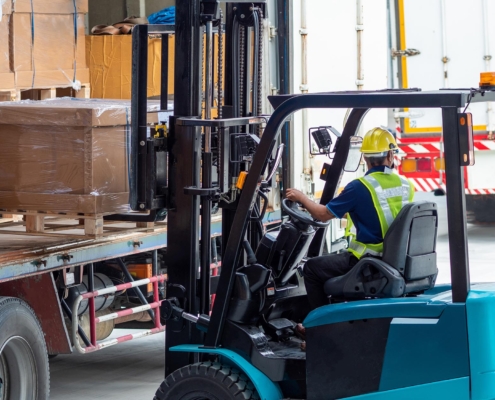 https://cargotransinc.com/wp-content/uploads/2025/04/Overcome-Inventory-Stockouts-with-Smarter-Supply-Chain-Management.jpg
1250
2000
Abstrakt Marketing
https://cargotransinc.com/wp-content/uploads/2025/06/CargoTrans-Logo-Color-300x104.png
Abstrakt Marketing2025-04-24 15:25:372025-09-15 22:08:24Overcome Inventory Stockouts with Smarter Supply Chain Management
https://cargotransinc.com/wp-content/uploads/2025/04/Overcome-Inventory-Stockouts-with-Smarter-Supply-Chain-Management.jpg
1250
2000
Abstrakt Marketing
https://cargotransinc.com/wp-content/uploads/2025/06/CargoTrans-Logo-Color-300x104.png
Abstrakt Marketing2025-04-24 15:25:372025-09-15 22:08:24Overcome Inventory Stockouts with Smarter Supply Chain ManagementNavigating the Pros and Cons of Air Freight vs. Ocean Freight Shipping: Which Is Best for Your Shipment?
When shipping goods internationally, choosing between air freight and ocean freight can affect your business’s operations. Both options have their own advantages and disadvantages, and understanding them can help you make an informed decision. Your choice will depend on factors like speed, cost, size, weight, restrictions, and even environmental impact.
In this guide, we’ll compare and contrast these two major international freight shipping methods so you can determine the best option for your unique shipment needs.
Speed: Time Is Money
Below, we’ll explain how each mode of transport compares in terms of delivery speed and when choosing one over the other makes sense.
Air Freight: The Fast Lane
When it comes to speed, air freight is the undisputed leader. With the ability to deliver goods anywhere in the world within days, air freight is a premium service for rapid delivery. If your shipment is time-sensitive, such as perishable goods, high-value items, or products needing just-in-time delivery, air freight is the way to go.
- Average transit time: 1-3 days internationally
- Best for: Urgent shipments, perishable goods, and high-demand items
Ocean Freight: The Long Haul
Ocean logistics, on the other hand, is significantly slower. The average transit time for ocean shipping ranges from 20 to 40 days, depending on the route and distance. However, if time is not a pressing concern, ocean freight offers a more cost-effective solution, especially for bulk shipments.
- Average transit time: 20-40 days internationally
- Best for: Non-urgent, large, or bulk shipments
Cost: The Bottom Line
Both air freight and ocean freight offer distinct pricing structures, but the devil is in the details. Let’s dive into how these costs compare and what you need to consider for your shipping needs.
Air Freight: Premium Pricing
Due to its speed and convenience, air freight is considerably more expensive than ocean freight. The cost of air freight is typically calculated based on either actual weight or volumetric weight, whichever is higher. While it is ideal for smaller, high-value, or urgent shipments, the higher costs associated with air freight can quickly add up, especially for heavy items.
- Cost drivers: Weight, urgency, and distance
- Typical industries: Electronics, pharmaceuticals, luxury goods
Ocean Freight: Economy Pricing
Ocean freight is the clear winner when it comes to cost-effectiveness, especially for large or bulk shipments. While the pricing varies based on factors like container size and route, ocean freight generally costs significantly less than air freight.
- Cost drivers: Container size, weight, and destination
- Typical industries: Manufacturing, retail, automotive
Consistency in Service
Both air and ocean shipping have their strengths and weaknesses when it comes to consistency. Let’s explore how each mode stacks up.
Air Freight: Less Susceptible to Delays
Air freight tends to be more reliable than ocean freight when it comes to timeliness. With more predictable schedules, fewer disruptions from weather conditions, and the ability to reroute shipments in case of delays, air freight ensures consistent delivery. Even if a flight is delayed, alternative flights are often available within hours, minimizing disruptions.
Ocean Freight: Subject to Delays
While ocean freight is generally reliable, it is more prone to delays caused by port congestion, weather conditions, or mechanical issues on ships. Since ocean freight operates on less frequent schedules, these delays can result in extended wait times.
- Potential delays: Weather, customs, and port issues
- Best for: Non-time-sensitive bulk shipments
Protecting Your Cargo
Security is essential for shipping valuable or sensitive items. Learn more about how each method handles security for your goods.
Air Freight: Higher Security Standards
Air freight generally offers higher security for goods due to the stricter regulations and screening processes involved with air travel. Cargo is monitored closely, and airports have tight security measures in place to minimize the risk of theft or damage. Air freight is an excellent choice for high-value, sensitive, or fragile items.
Ocean Freight: Some Risks Involved
While ocean freight is generally secure, the risk of damage, theft, or loss can be higher than with air freight, particularly for long-distance shipments that pass through multiple ports. Cargo theft can occur at busy ports, and goods may be exposed to the elements, increasing the risk of damage. However, proper packing and insurance can mitigate these risks.
Still deciding between air freight vs. ocean freight options? Good news, we have them both available at CargoTrans!
Size and Weight Limits
If you’re shipping large or bulky goods, size and weight limits may dictate your choice. Here’s what you need to know:
Air Freight: Weight and Size Restrictions
Air freight is limited by both size and weight. Most airlines have strict restrictions, which may not be suitable for oversized or heavy items. Additionally, certain goods, such as hazardous materials (e.g., batteries), are restricted or require special handling.
- Weight limit: Typically up to 500 kg per shipment, though it varies by airline
- Size limit: Limited by aircraft cargo hold dimensions
Ocean Freight: No Size or Weight Constraints
One key benefit of ocean freight is its ability to handle large and heavy items without much restriction. Ships can carry large cargo volumes, including oversized items like vehicles, machinery, and bulk goods.
- Weight limit: Effectively none (determined by container capacity)
- Size limit: Container dimensions, though specialized containers are available
What Can and Can’t Be Shipped
Different shipping methods come with their own set of restrictions. Here’s what you need to keep in mind:
Air Freight: Stricter Regulations
Air freight comes with more restrictions, particularly for hazardous materials. Items such as lithium-ion batteries, flammable goods, and certain chemicals may be restricted or require special permits.
- Restricted items: Batteries, hazardous materials, explosives, etc.
- Special permits required: Yes, for certain materials
Ocean Freight: More Lenient but Still Regulated
Ocean freight offers more leniency with what can be shipped. However, it still follows international regulations, particularly for hazardous or dangerous goods. While you can ship larger and bulkier items, be aware of customs and safety regulations at the ports.
Environmental Impact: Sustainability Matters
With sustainability becoming more important for businesses, the environmental impact of shipping methods is a big consideration:
Air Freight: High Environmental Cost
While air freight is fast and convenient, it also has a higher environmental footprint. Air travel consumes large amounts of fuel, resulting in high CO2 emissions. Businesses concerned about their environmental impact may need to consider other shipping options.
- CO2 emissions: Higher than ocean freight
- Best for: Urgent shipments where sustainability is not the primary concern
Ocean Freight: Eco-Friendly but Not Perfect
Ocean freight is significantly more environmentally friendly than air freight. Ships produce less CO2 per ton of goods transported, making them the greener option. However, ocean freight still has an environmental impact, especially in terms of fuel consumption and potential marine pollution.
- CO2 emissions: Lower than air freight, but still notable
- Best for: Bulk shipping and businesses focused on sustainability
Delays and Customs Procedures: Navigating Red Tape
Both air and ocean freight face potential delays, often caused by customs procedures, port congestion, or weather. Here’s how both services handle these issues.
Air Freight: Faster but Customs Can Slow Things Down
Air freight offers faster shipping times, but customs procedures can still lead to delays. Goods shipped by air are subject to strict customs regulations, and any discrepancies in documentation can result in additional delays.
Ocean Freight: Lengthier but Easier to Navigate
Customs procedures for ocean freight can be more time-consuming, especially for shipments that pass through multiple ports. However, ocean freight typically allows for more straightforward navigation through customs when planned in advance.
CargoTrans: The Go-To Ocean and Air Freight Company
At CargoTrans, we’re your partner for both domestic and international freight shipping. Whether it’s air freight or ocean freight, we handle your cargo with precision and care, ensuring it reaches its destination safely and on time. Let us simplify your logistics while you focus on your business.











